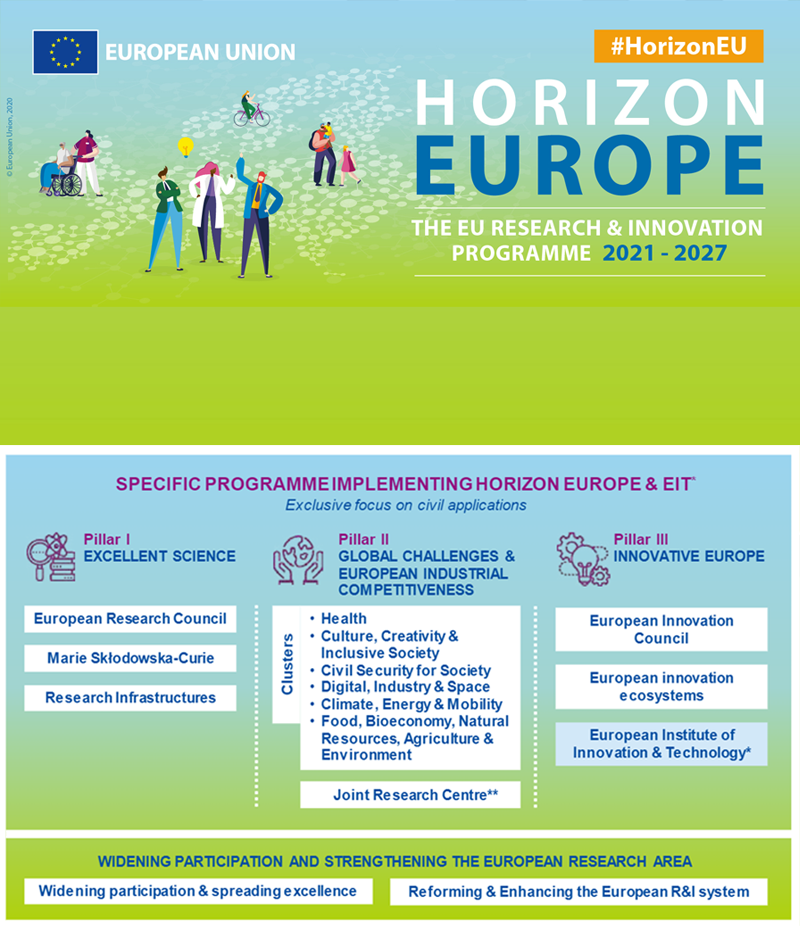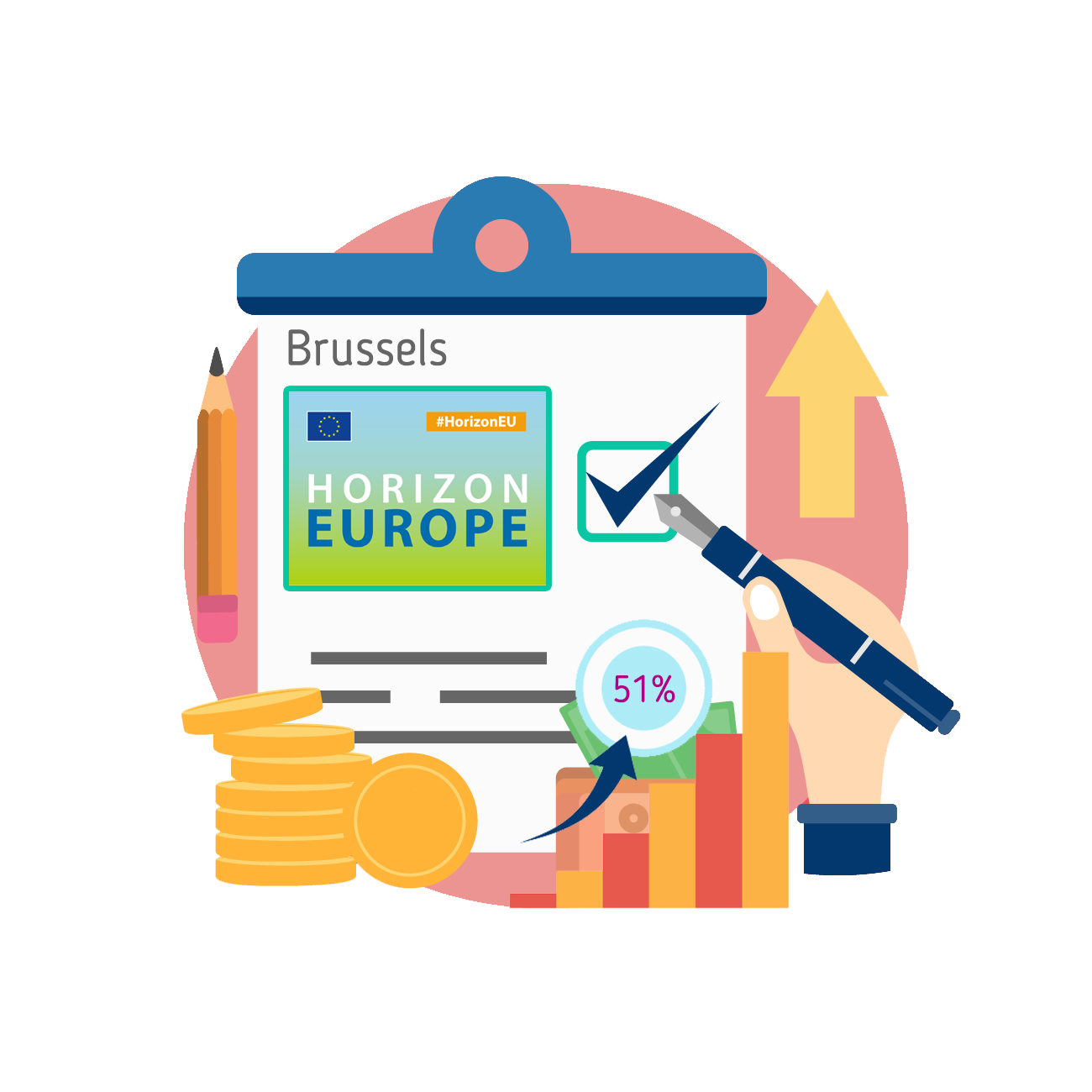EU funding rate – 100%
Activities geared towards establishing new knowledge and/or exploring the viability of a new or improved technology, product, process, service, or solution. This can include basic and applied research, technology development and integration, testing and validation on small-scale prototype(s) in a laboratory or simulated environment. These projects can have closely connected but limited demonstration or pilot activities with the goal of displaying technical feasibility in a near to operational environment.
There’s also Research and Innovation Lump Sum actions (RIA-LS). These receive their funding for any grants they’ve been awarded as lump sums.

















